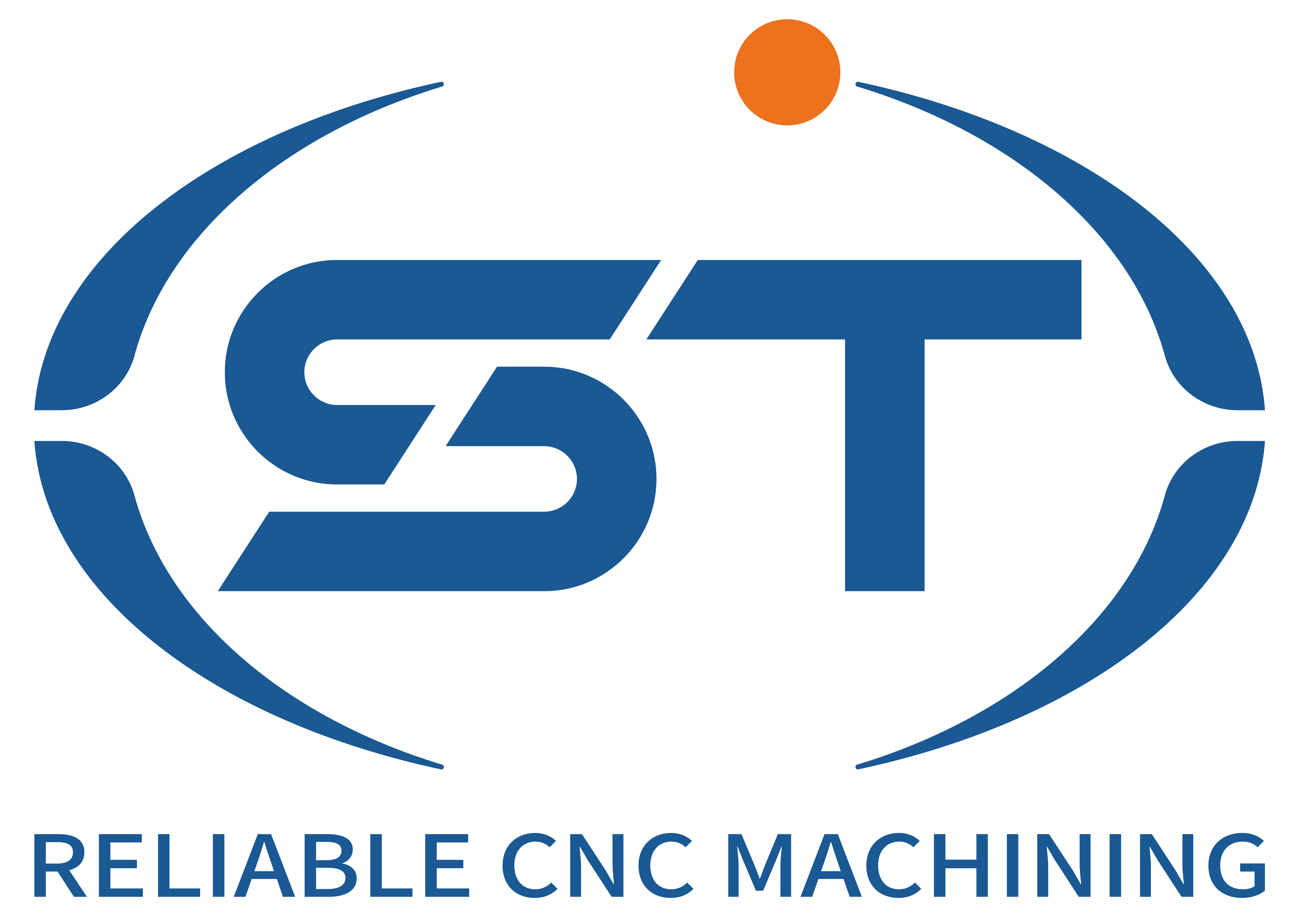Cutting Performance of Materials in CNC Machining for Automotive Components
CNC machining is central to producing automotive parts with precision and efficiency, but the cutting performance of materials significantly impacts process outcomes. From metals to composites, each material exhibits unique behaviors under cutting forces, influencing tool life, surface finish, and dimensional accuracy. Below are critical factors affecting the cutting performance of materials commonly used in automotive CNC machining.
Table of Contents
ToggleMetals: Balancing Hardness and Machinability
Metals such as aluminum, steel, and titanium are staples in automotive manufacturing due to their strength and durability. However, their varying hardness levels and thermal properties demand tailored machining approaches.
Aluminum, for example, is lightweight and highly machinable but prone to built-up edge (BUE) formation, which degrades surface quality. High cutting speeds and sharp tools with polished rake faces help mitigate this issue. In contrast, steel’s hardness requires robust tooling and slower speeds to manage heat generation and tool wear. Titanium, known for its heat resistance, poses challenges like work hardening and poor thermal conductivity, necessitating specialized coatings and coolant strategies to prevent tool failure.
Understanding the material’s microstructure—such as grain size or alloy composition—further refines machining parameters. For instance, austenitic steels may require different cutting strategies than ferritic steels due to their distinct deformation behaviors.
Plastics: Managing Thermal Sensitivity and Flexibility
Plastics used in automotive applications, such as polycarbonate, nylon, or polypropylene, offer lightweight and corrosion-resistant alternatives to metals. However, their low melting points and elasticity introduce unique cutting challenges.
Thermal sensitivity is a primary concern—excessive heat can cause melting, warping, or internal stresses. To counter this, high spindle speeds and low feed rates are often employed to minimize heat input. Tools with sharp edges and large rake angles reduce friction and chip adhesion, improving surface finish. Additionally, plastics’ tendency to flex under cutting forces necessitates secure workholding to prevent vibrations or dimensional inaccuracies.
Material additives, such as glass fibers or mineral fillers, further complicate machining. While they enhance strength, they accelerate tool wear and increase the risk of surface defects. Adjusting tool geometry and cutting parameters becomes critical to balancing performance and longevity.
Composites: Addressing Anisotropy and Abrasiveness
Composites, including carbon fiber-reinforced polymers (CFRP) and glass fiber composites, are increasingly adopted for their lightweight and high-strength properties. However, their heterogeneous structure and anisotropic behavior create significant machining hurdles.
The reinforcing fibers’ orientation relative to the cutting direction strongly influences cutting forces and surface quality. Machining against the fiber direction (up-milling) often leads to fiber pullout or delamination, while down-milling reduces these risks but may increase tool wear. Diamond-coated or PCD tools are preferred for their hardness and wear resistance, as composite fibers abrade conventional tooling rapidly.
Matrix materials also play a role—thermoset composites tend to be more brittle, while thermoplastics may soften under heat. Managing chip evacuation and heat dissipation is crucial to prevent matrix degradation or fiber damage. Coolant systems designed for composites, such as low-pressure mist or dry machining with air blasts, help maintain part integrity.
Material-Specific Tooling and Process Optimization
Regardless of the material, selecting the right tooling and optimizing cutting parameters are paramount. For metals, carbide tools with advanced coatings (e.g., TiAlN) extend tool life and improve efficiency. Plastics benefit from high-speed steel (HSS) or polycrystalline diamond (PCD) tools with polished flutes to reduce friction. Composites demand diamond-tipped or PCD tools to withstand abrasive fibers.
Cutting parameters—such as speed, feed rate, and depth of cut—must align with the material’s properties. For example, increasing feed rates in metals can reduce heat generation, while the opposite may be true for plastics to avoid melting. Simulation software or trial-and-error testing can help identify optimal settings for specific material-tool combinations.
By understanding the nuances of material cutting performance, automotive manufacturers can refine CNC processes to enhance productivity, reduce waste, and deliver parts that meet stringent quality and performance standards.




